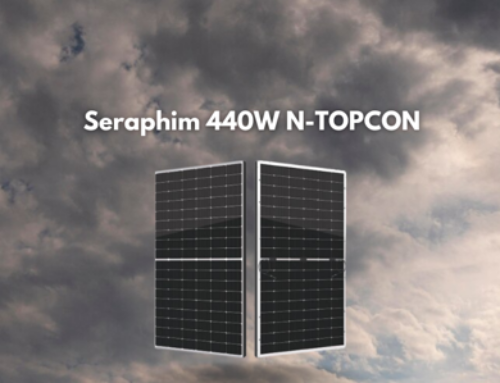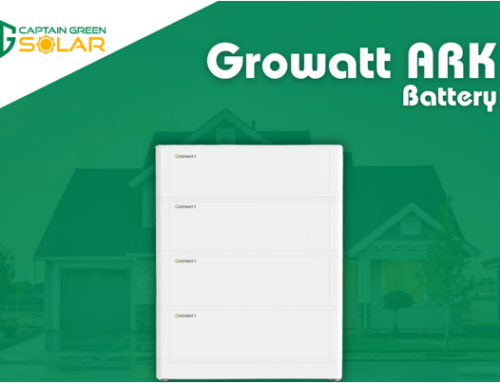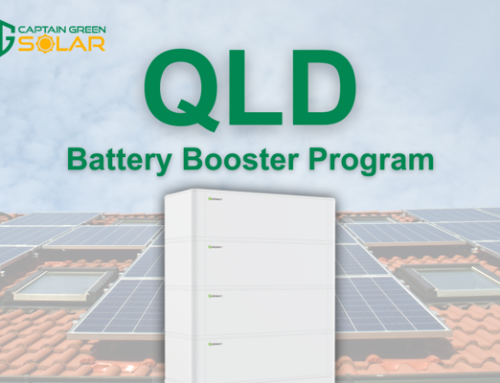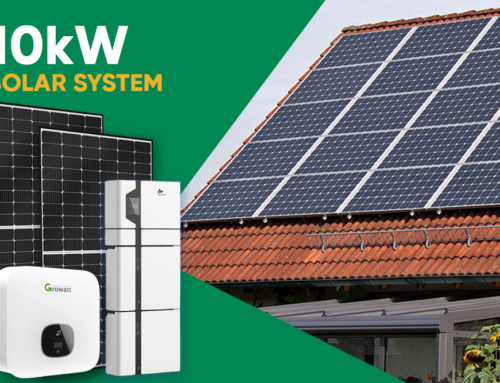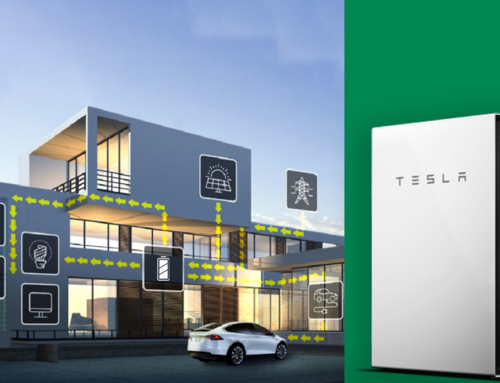Australia increasingly retains its spot at the forefront of renewable energy use, with about one in four houses using solar panels. Outpacing nations such as Germany, Japan, and energy-conscious states such as Califonia, the national transition to renewable energy from wind and solar has already begun. In this blog, we discuss the major reason why Australians are switching to renewable energy sources such as solar and away from expensive energy companies.
1) Saving Money
One of the main reasons Australians are switching to renewable energy sources such as solar is the financial gains associated with such a choice.
Currently, the majority of Australians get their electricity from energy companies that use market power to drive up electricity prices resulting in the cost of electricity rising almost 120% in the last ten years. As the price of electricity has gone up, the cost of solar panels has gone down. State governments continue to offer incentives to utilise renewable energy, making homeowners reluctant to rely on the electricity grid.
Going solar lets, you slash your electricity bill or wipe it out entirely as your home becomes the source of energy. By locking in your own electricity rates for years to come, homeowners are unaffected by price hikes from electricity companies. This, along with increased resale values of your home can mean that not only is solar energy the practical choice, but it is also the economical choice.
2) Good for the Environment
At the 2015 United Nations Climate Conference, Australia along with 173 other countries, signed the Paris Agreement pledging to keep the global temperature from rising more than 2 degrees by the end of the 21st Century.
Australia has a strong portfolio of solar energy, and if harnessed correctly, we as a nation could by 2040 rely on renewable energy for up to 90 percent of electricity generation. With state government incentives for solar panels as well as batteries to store power, Australia remains a world player in the changing landscape of energy sources.
3) Power during a blackout
Australia has not been immune to the possibility of blackouts in peak energy use season such as summer when soaring temperatures have seen an increase in the demand for appliances like air-conditioners being relied upon heavily. South Australia was affected greatly from blackouts, given the diminished effectiveness of their power grid. Making a deliberate effort to transfer to renewable energy, the State has taken the matter on board and supported incentives for solar panels and battery’s which prevent homes from being unduly affected by blackouts.
Solar energy in your home allows you to be the source of power, so if the electricity grid goes down, it doesn’t mean you do too. You can store solar energy in your home provided you have batteries, which allows you to maintain power, store power, and even continue producing power, even during a blackout.
4) Reduce your greenhouse gas emissions
As the global temperature increases and the Australian summers sizzle, the need for appliances such as air conditioners soars. By using the electricity grid, we pump the atmosphere with more carbon dioxide, which in turn heats the atmosphere and temperatures rise.
You can do your part to halt the cycle by switching to solar, leaving you with the air conditioner on but your electricity bill low and looking after the environment for years to come. When going solar to generate electricity, homeowners are contributing to a sustainable future and supporting the global commitment to fight climate change.
Australia is moving towards a more reliable, economically viable, and sustainable system of energy production with reduced costs and harmful side effects for the environment. This is the more economically valid position to take and luckily is the more environmentally friendly option also. Those considering coal as an energy source are considering more expensive and dirtier power, which as a nation and around the world does not line up with the current view on climate change and our commitment to preserving the environment.


